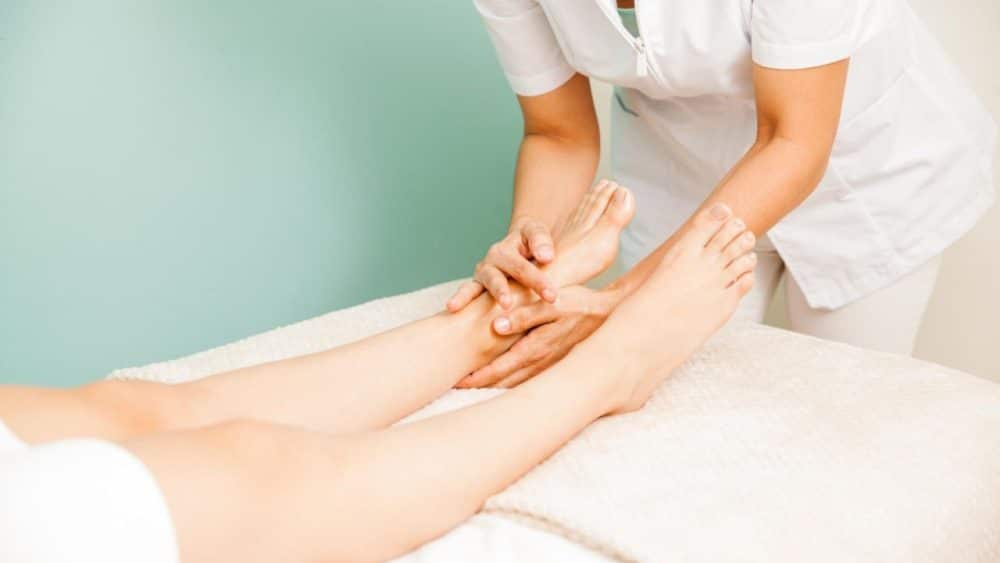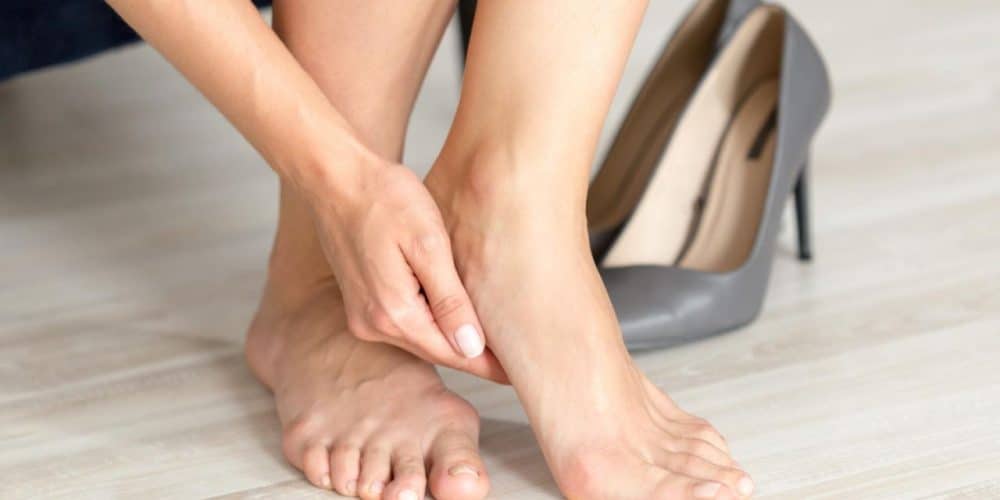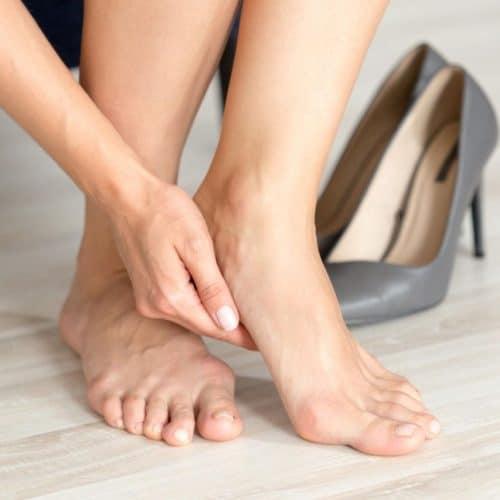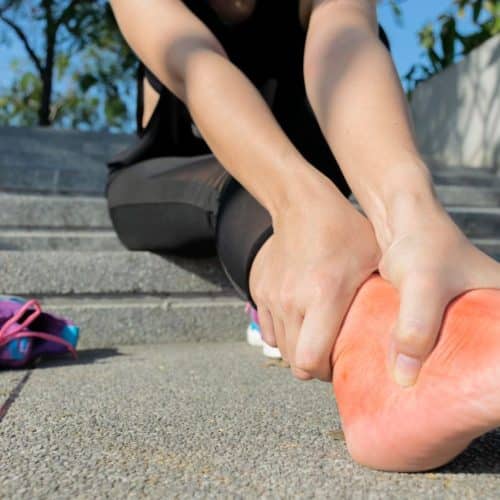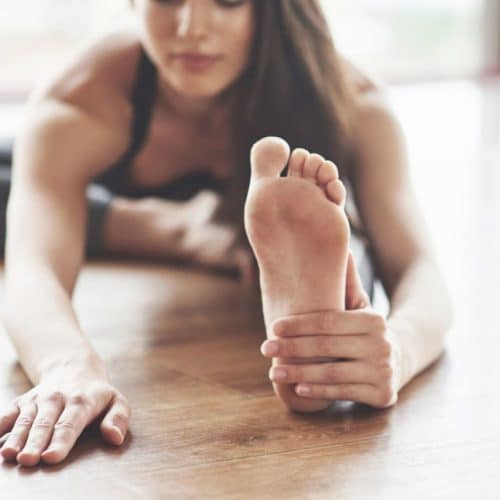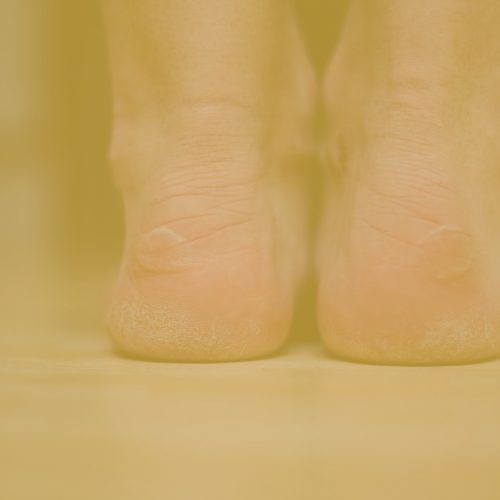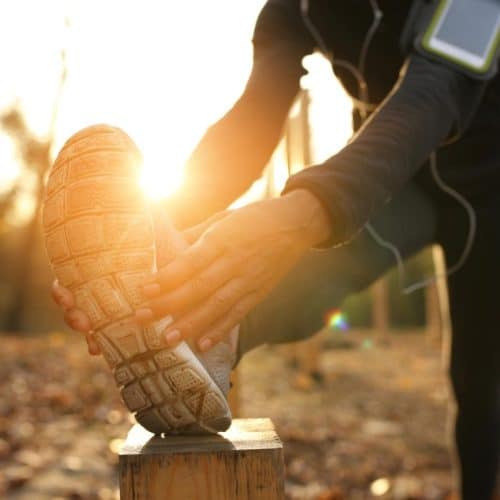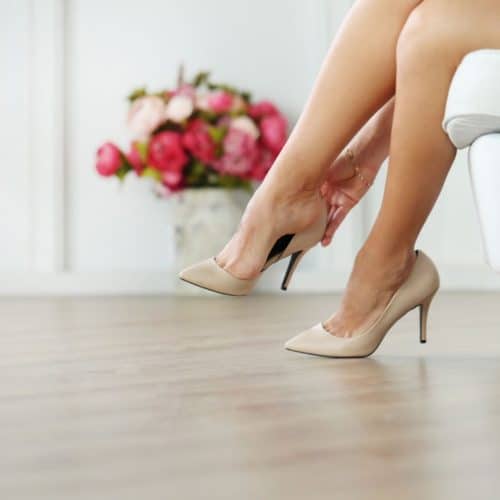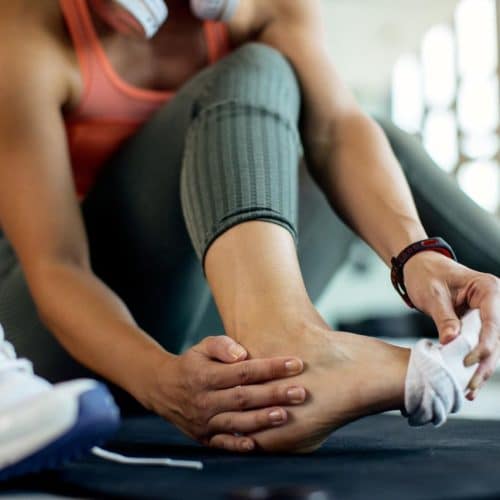Blisters are a common nuisance for athletes and fitness enthusiasts. Whether you’re a seasoned marathon runner or someone who enjoys a casual weekend hike, you’ve likely experienced the discomfort of a blister at some point. While they might seem minor, untreated blisters can lead to more severe complications. In this guide, we’ll delve into the best practices for treating sports blisters and how to prevent them in the first place.
Understanding Blisters
Blisters are small, fluid-filled bubbles that form on the skin’s surface. They are the body’s natural response to protect the underlying tissue from further damage. Here’s a deeper dive into the anatomy and causes of blisters:
1. Anatomy of a Blister
Blisters form when the skin’s upper layers separate from the layers below. Between these layers, a clear fluid called serum accumulates. This serum is essentially blood plasma without the fibrinogens (proteins responsible for clotting). In some cases, blisters can be filled with blood (blood blisters) or pus if infected.
2. Causes
The primary cause of blisters is repetitive friction. When skin experiences continuous rubbing can become irritated and eventually form a blister. This is commonly seen in athletes or individuals wearing new or tight shoes. However, blisters can also result from:
- Burns: Thermal (heat), chemical, or sunburns can cause the skin to blister. These blisters help protect the underlying tissue from further damage.
- Freezing: Frostbite can lead to blisters once the skin is rewarmed.
- Medical Conditions: Some diseases, like chickenpox, herpes, hand, foot, and mouth, can cause blisters. Additionally, certain skin conditions, such as eczema or dyshidrosis, can lead to blister formation.
- Allergic Reactions: Exposure to allergens, either through contact or ingestion, can result in blisters in some individuals.
3. Why They Form
Blisters are the body’s defence mechanism. By forming a barrier between the outer and inner layers of skin, blisters prevent further damage and give the skin underneath a chance to heal. The fluid inside is cushioned, protecting the damaged area from additional pressure or friction.
4. Pain and Discomfort
Blisters can be painful, primarily because the skin around the blister is often inflamed and tender. The fluid inside creates pressure, leading to discomfort, especially when the blister is located in areas experiencing constant pressure, like the soles of the feet.
By understanding the intricacies of blisters, you can better appreciate the importance of prevention and proper care. Whether caused by physical activity, medical conditions, or environmental factors, it’s essential to treat blisters with care to prevent complications and promote healing.
Treating Sports Blisters
Blisters, especially those resulting from sports activities, require careful attention to ensure they heal properly and don’t lead to complications. Here’s a comprehensive guide to treating sports blisters:
- Blister Protection Pads or Plasters: These specialised pads are designed to shield the blister from further friction. Made from soft, cushioning material, they speed up the healing process and provide relief from pain. They’re especially useful for blisters located on weight-bearing areas like the soles of the feet.
- Keep It Clean: Cleanliness is paramount when dealing with blisters. If your blister breaks, wash the area gently with mild soap and water. This helps in preventing infections. After cleaning, pat the area dry with a soft cloth.
- Antiseptic Application: Once the blistered area is clean, apply a thin layer of antiseptic ointment. This further reduces the risk of infection and keeps the skin moisturised, promoting faster healing.
- Avoid Popping: It’s crucial to let blisters heal naturally. Popping them intentionally can expose the raw skin underneath, making it vulnerable to infections. If a blister does pop independently, ensure you follow the cleaning and antiseptic application steps mentioned above.
- Dressings and Bandages: Cover the blister with a sterile dressing or bandage after applying antiseptic. This protects the blister from dirt and bacteria, reducing the risk of infection. Change the dressing daily or whenever it becomes wet or dirty.
- Rest and Elevation: If the blister is on your foot or leg, rest and elevate the affected area. This reduces swelling and promotes faster healing. If you must walk or run, try to minimise pressure on the blistered area.
- Avoiding Further Friction: If possible, wear different shoes or protective insoles to reduce pressure on the blister. If the blister is due to specific sports equipment, consider adjusting or changing the equipment until the blister heals.
- Monitor for Signs of Infection: While following the above steps reduces the risk of infection, it’s essential to be vigilant. Signs of infection include increased redness, warmth, pus, and swelling. If you notice any of these signs or the pain worsens, seek medical attention immediately.
Treating sports blisters with care and attention can significantly improve recovery time and overall comfort. Always prioritise your health and well-being, and feel free to consult a healthcare practitioner if you need clarification on the best course of action.
Preventing Future Blisters
Prevention is always better than cure, especially when it comes to the discomfort of blisters. By taking proactive measures, you can significantly reduce the risk of developing blisters in the future. Here’s detailed info to help you stay blister-free:
1. Right Footwear
- Fit: Ensure your shoes fit snugly without being too tight. Your toes should have room to move, but your foot shouldn’t slide inside the shoe.
- Material: Opt for breathable materials that allow moisture to escape, reducing the risk of blisters caused by wet feet.
- Break-in Period: New shoes often have stiffer materials. Gradually increase the time you wear them, allowing the materials to soften and mould to your feet.
2. Quality Socks
- Material: Synthetic, moisture-wicking materials can help keep feet dry. Avoid cotton socks for intense activities, as they retain moisture.
- Fit: Socks should fit snugly without bunching up, which can cause friction.
- Layering: In colder conditions or for long hikes, consider wearing a thin liner sock under a thicker sock. This can reduce friction as the two sock layers move against each other instead of against your skin.
3. Foot Powders and Lubricants
- Powders: Applying foot powder can help absorb excess moisture, reducing the risk of blisters.
- Lubricants: Products like petroleum jelly or specialised anti-chafe creams can reduce friction in hotspot areas.
4. Regular Foot Checks
- Hot Spots: These areas feel warmer due to increased friction and are precursors to blisters. Addressing hot spots early can prevent them from developing into full-blown blisters.
- Hygiene: Keeping your feet clean can reduce the risk of infections if a blister does form.
5. Gait Analysis
Sometimes, walking or running can increase friction in certain areas. Consider getting a professional gait analysis. This can help identify abnormalities and guide you in choosing footwear or insoles that offer better support.
6. Alternate Shoes
If you’re an athlete or engage in regular physical activity, consider alternating between two pairs of shoes. This gives each pair time to dry out completely, reducing moisture buildup.
7. Protective Pads and Tapes
If you know you’re prone to blisters in certain areas, consider using protective pads, tapes, or moleskin to reduce friction in those spots.
Integrating these preventive measures into your routine can significantly reduce the risk of blisters and allow you to enjoy your physical activities with greater comfort and confidence. Remember, the key is to be proactive and attentive to your body’s needs.
When to See a Podiatrist
While many blisters can be treated at home with proper care and hygiene, there are instances when seeking professional advice becomes essential. It might indicate an underlying issue if you take preventive measures and still experience recurring blisters. A podiatrist or dermatologist can provide insights into any structural or skin-related concerns that might contribute to the frequent formation of blisters.
Moreover, if a blister becomes increasingly painful, swells emits an unusual odour, or is accompanied by red streaks radiating from the affected area, these could be signs of an infection or another medical condition that requires immediate attention. Individuals with diabetes or compromised immune systems should be vigilant, as even minor foot injuries can lead to severe complications. In such cases, it’s always better to err on the side of caution and consult a healthcare practitioner to ensure optimal foot health and overall well-being.
Conclusion
Even though they are very prevalent, athletes shouldn’t lightly treat blisters on their feet. You can guarantee that they do not affect your sports performance by receiving the appropriate treatment and taking the necessary preventative measures. Always put your foot health first, and if blisters continue to be a problem for you, don’t be afraid to seek the assistance of a specialist.


